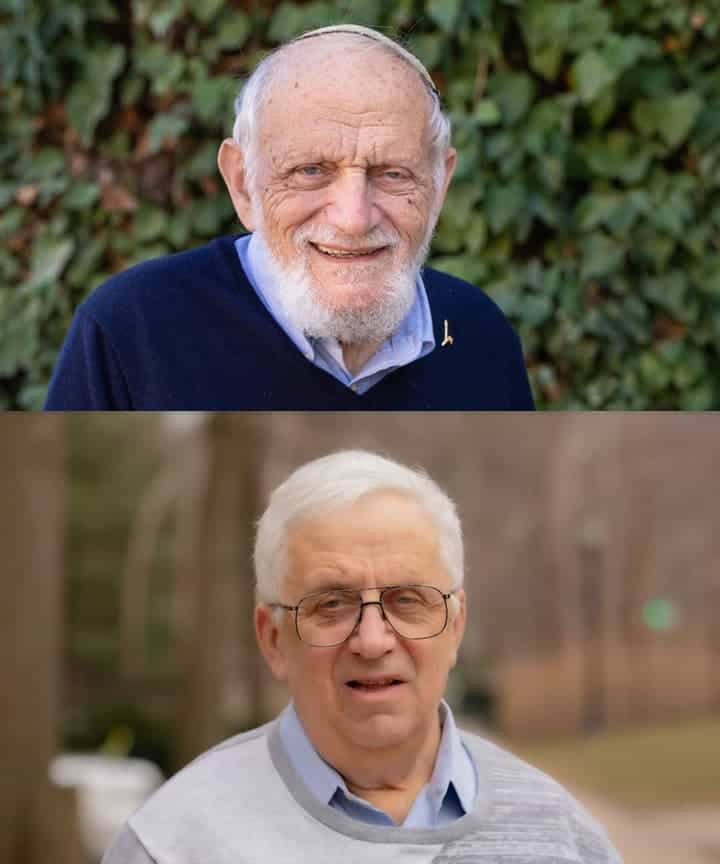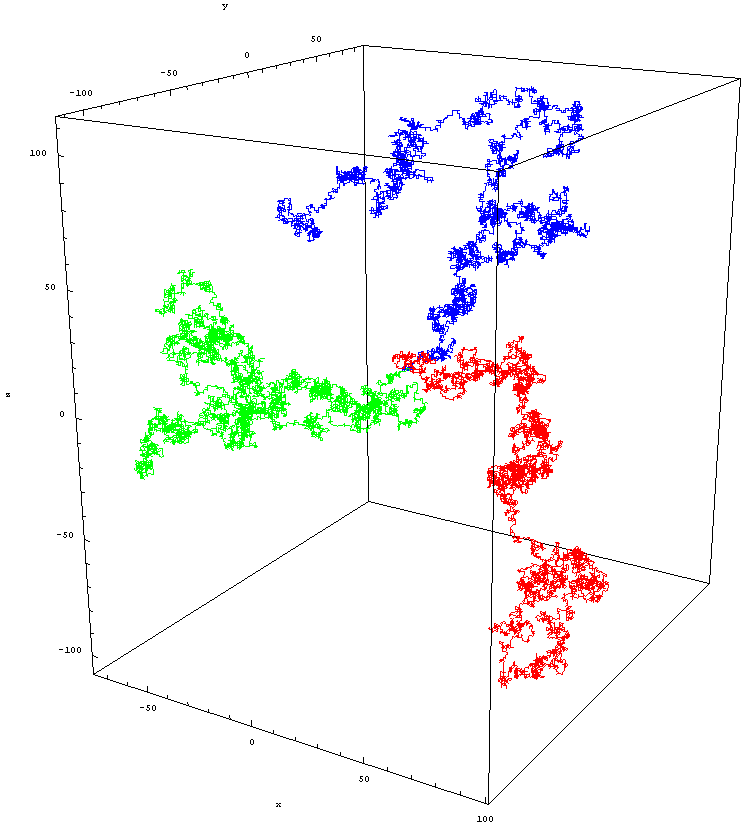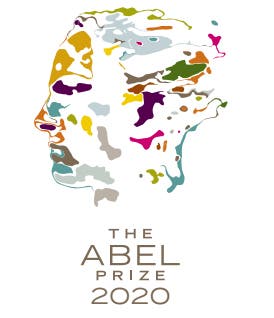On March 18, the Norwegian Academy of Science and Letters named Hillel Furstenberg and Gregory Margulis as the winners of the 2020 Abel Prize.
The two mathematicians have had stellar careers, in which they introduced groundbreaking concepts.
A Random Walk

Randomness is an intriguing concept, both in mathematics and in real life. It’s an important concept in itself (with potential applications in cryptography, for instance), but it can also be used to study other things.
Here’s an example: you throw a ball in the grass for your dog to catch. Let’s say she doesn’t pay attention and doesn’t see where the ball fell — she will (probably) start a frenzied search for the ball.
The search is seemingly random, as the dog changes direction a number of times for no apparent reason. Dogs are not fans of systematic search, apparently. But they are very efficient.
If you’d start a systematic search, covering the entire field bit by bit, there’s a good chance you’d not be as efficient as the dog — even if you would move as fast. Surprisingly, the dog’s instinct seems to direct it in a surprisingly efficient way.
The dog’s instinct is linked to mathematics that Hillel Furstenberg and Gregory Margulis developed.
The two invented random walk techniques to investigate mathematical objects such as groups and graphs.
For instance, if you start from 0, and you take a step of +1 or -1, with equal probability, you’re doing a random walk. This simplified model is a surprisingly good approximation of natural phenomena such as molecule trajectories, the price of fluctuating stocks, or your dog looking for the ball. These processes may not be truly random in nature, but they can be approximated by a random walks.

As you might imagine, having a mathematical tool to study such varied and practical topics is extremely useful — which is why the work of Furstenberg and Margulis is so important.
“The works of Furstenberg and Margulis have demonstrated the effectiveness of crossing boundaries between separate mathematical disciplines and brought down the traditional wall between pure and applied mathematics,” says Hans Munthe-Kaas, chair of the Abel committee.
In particular, the two have made important contributions to our understanding of Lie groups, groups whose elements are organized continuously and smoothly (as opposed to discrete groups, where the elements are separated).
These Lie groups (named after Norwegian mathematician Sophus Lie) pop up in computer science and communication technology. For the longest time, these groups remain relatively understudied, until Margulis and Furstenberg came along.
“Furstenberg and Margulis stunned the mathematical world by their ingenious use of probabilistic methods and random walks to solve deep problems in diverse areas of mathematics,” added Munthe Kaas. “This has opened up a wealth of new results, such as the existence of long arithmetic progressions of prime numbers, understanding the structure of lattices in Lie groups, and the construction of expander graphs with applications to communication technology and computer science, to mention a few.”
Recognition and History

Although it was first awarded only in 2003, the Abel Prize has cemented itself as one of the highest possible distinction in the field of mathematics — sometimes referred to as the “Nobel Prize of mathematics“. Along with the prize, which will be awarded by the King of Norway, the two mathematicians will share 7.5 million NOK — or 720,000 dollars — a prize that was recently increased to emphasize Norway’s commitment to the award.
Last year, Karen Uhlenbeck was awarded the prize for pioneering contributions in multiple fields of mathematics — becoming the first female laureate of the Abel Prize. Uhlenbeck’s story is one of triumph through adversity, and this year’s laureates have equally interesting histories.
Hillel Furstenberg was born in Berlin in 1935, in a Jewish family. His family managed to flee Nazi Germany to the US in 1939. Sadly, his father did not survive the journey, and Furstenberg grew up with his mother and sister in an orthodox community in New York.
When he published his first paper, it was so diverse and complex that people suspected he wasn’t a single person, but rather a pseudonym for a group of mathematicians. After a solid career at several universities in the US, Furstenberg left the US in 1965, moving to the Hebrew University of Jerusalem, where he stayed until his retirement in 2003, establishing it as one of the world’s foremost mathematical research centers.
Gregory Margulis was born in Moscow in 1946, showing an immense talent in mathematics since his youth. When he was 32 years old, he won the Fields Medal (another extremely prestigious award) but was unable to physically receive the prize in Helsinki, Finland, as Soviet authorities refused him a visa. Nevertheless, he flourished as a mathematician but was denied a job at Moscow University, facing discrimination for being of Jewish origin.
Instead, he worked at the Institute for Problems in Information Transmission until 1991, when he settled at Yale University. The two mathematicians never truly worked together, but they strongly influenced each other’s work and made important contributions to the same field.
Their stories also intertwine in an intriguing way, as they both faced discrimination for their Jewish origins. Now, they are two of the most accomplished mathematicians in the world.









